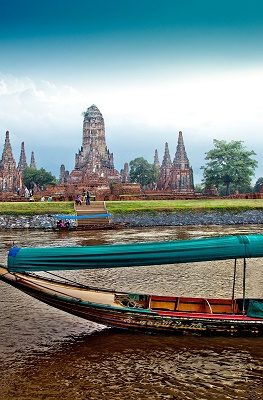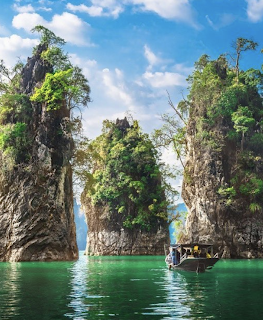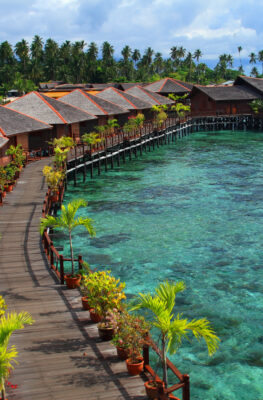Published on February 15, 2018
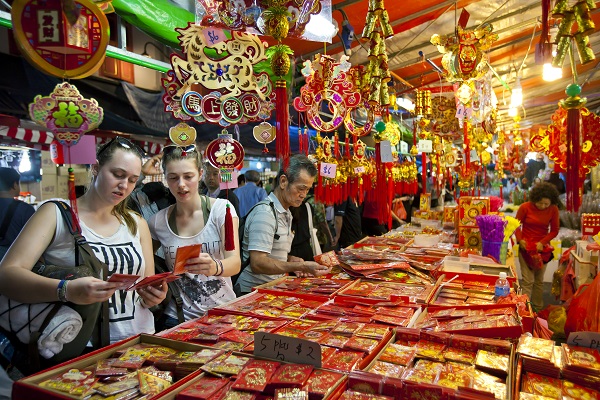
The overseas Chinese communities that populated Southeast Asia’s cities over the past centuries celebrate a distinct calendar that have been fully embraced by their countries at large.
Today, wherever you go in Southeast Asia – as the moveable feast of the Chinese lunar calendar switches from one year to the next – Chinese ethnic communities hold massive parties, and everybody (not just the ethnic Chinese) can get in on the fun!
“With Chinese population all over the world, this holiday has taken many shapes and forms,” explains Nam Cheah of Laugh Travel Eat (Instagram|Facebook). “However, it is most fascinating in Southeast Asia where the Chinese population first migrated to when they fanned out across the world. Here, the Chinese New Year blends with local customs and traditions over the years, adding a unique flavour to this holiday!”
Singapore: New Year Up in Lights
The island-nation of Singapore – a majority-Chinese nation from its founding days – celebrates all two weeks of the Chinese lunar new year, with numerous festivities in different parts of the country. Mike Huxley, the Bemused Backpacker (Facebook|Twitter) was in town for three consecutive Chinese New Year celebrations, and had fun each time.
“Chinese New Year in Singapore is an explosion of colour, fireworks and festivals, but it is much more than simply enjoying the spectacle of the red and gold lanterns everywhere, marvelling at the statues and decorations depicting the specific year of the Chinese zodiac!” Mike says. “The spring festival is also about getting to the heart of Singapore’s Chinese heritage and understanding just how truly multicultural this nation state is.”
Most of the festivities are centered around Singapore’s Chinatown ethnic enclave, from street bazaars lining Chinatown’s narrow avenues with over 500 stalls hawking festival souvenirs like barbecued meats and Chinese opera masks; to Kreta Ayer Square hosting lion dances and pyrotechnics. Elsewhere, the Chingay Parade lights up the grounds of the Formula One Pit Building at the Marina waterfront for two days; and the Esplanade hosts the Huayi Festival’s traditional and contemporary Chinese arts performances.
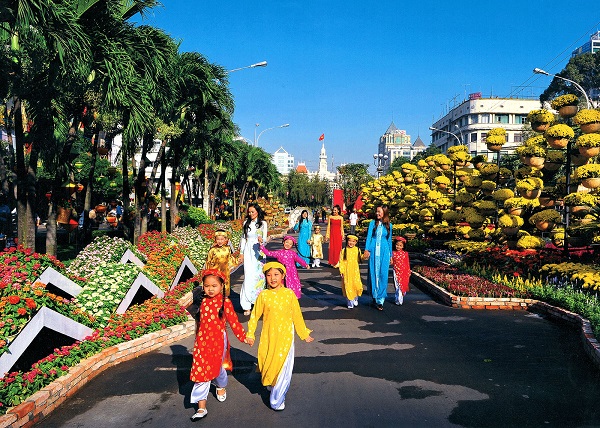
Vietnam: Raise the Flag
Vietnam’s history and culture have long been intertwined with China’s, so much so that their Tet Festival feels akin in spirit to the festival celebrated in its neighbor up north.
To go by the traditional Tet greeting – translating to “Eat Tet” – food is a major part of the Chinese New Year celebrations, with sticky rice cakes called bánh chưng and special Tet-only candied fruit making an appearance. Families come together during this important festival, visiting graves of their dearly departed, giving packets of “lucky money” to the little ones, and laying offerings on their home altars.
Different parts of Vietnam celebrate Tet in different ways:
In the capital Hanoi, the festivities burn brightest at Ngoc Som Temple and Hoan Kiem Lake, where locals pray for good luck and light fireworks respectively. In Ho Chi Minh City, travelers converge on Nguyen Hue Street’s annual Tet flower market. And at the former royal capital of Hue, locals bring back royal-era traditions like the raising of the cay neu, or Tet pole, on the palace grounds.
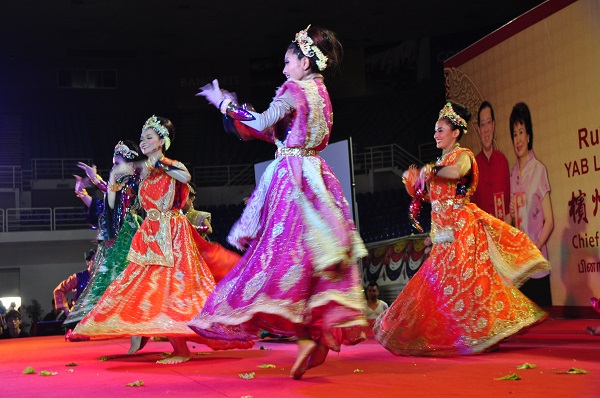
Penang, Malaysia: Oranges for Husbands
The Chinese and Peranakan of Penang, Malaysia have long celebrated Chinese New Year their own special way: something Margherita Ragg of The Crowded Planet (Twitter|Google+|Pinterest) was on hand to witness a few years ago.
“Penang for Chinese New Year is not a single day’s celebration, but a two-week long cycle that starts with visiting family and friends bearing gifts in red envelopes,” Margherita explains. “In Penang, the main street celebration takes place on day 7, with events in various locations all over town.
“We saw some Chinese opera in a beautiful courtyard that is only open at Chinese New Year time, followed the traditional lion and dragon dance parades and watched a drum performance,” she recalls. “However, my favourite Chinese New Year performance was Chingay, with local men balancing a 15-meter high flagpole on their heads – something I had never seen before!”
Penang is also notable for its celebration of the 15th evening of Chinese New Year, known as Chap Goh Meh, a close analogue to Valentine’s Day. As bazaars, performances and fireworks wind up the New Year celebrations, single ladies (both local and foreign) throw oranges into the sea for better luck getting a husband in the coming year!
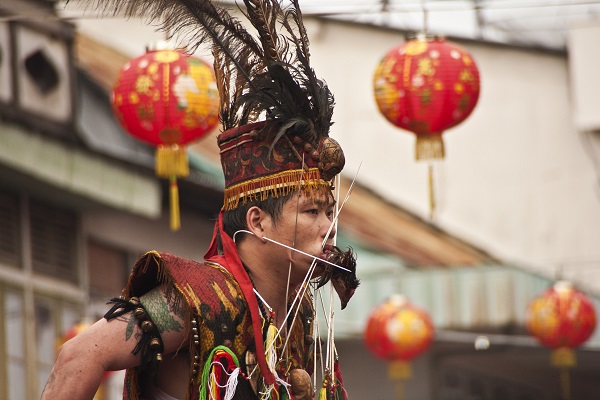
Singkawang, Indonesia: New Year Trance
The Chinese ethnic communities of Indonesia call Chinese New Year “Imlek”, and in most cities with a significant Chinese ethnic population, a grand party is held over the two weeks of the festival. But few Imlek celebrations match the intensity of the Cap Goh Meh celebrations in the West Kalimantan city of Singkawang.
Here, the festival crests with a parade featuring the ancient art of Tatung. Intended to repel misfortunes for the rest of the year, Tatung participants enter into a trance and perform many acts of self-harm, from stepping on a sword to sticking steel wires or nails into their cheeks. To prove the “magic” of the art, the participants finish the parade unscathed!
Singkawang is one of Indonesia’s few cities with an ethnic Chinese majority, many descending from Hakka and Teochew migrants who came centuries ago to work on the gold mines in nearby Bengkayang district. Their descendants still keep to the old ways, but today Chinese New Year (Tatung included) is a party open to all comers!



